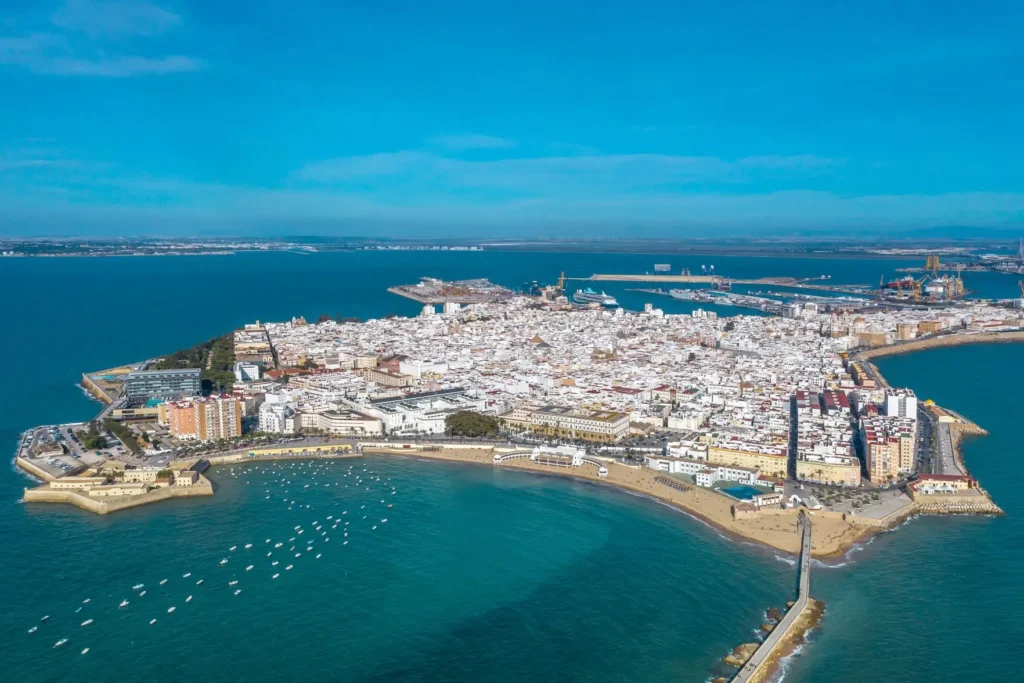
Cádiz, located in southern Spain, is considered the oldest continuously inhabited city in Western Europe. With more than 3,000 years of history, Cádiz combines Phoenician origins, Roman influence, Moorish heritage, and vibrant Andalusian traditions. Today, it is famous not only for its history, but also for its golden beaches, lively festivals, and delicious cuisine.
Table of Contents
Toggle1. A Glimpse into History
Founded by the Phoenicians around 1100 BC, Cádiz is older than Rome and Athens as an urban settlement.
The city played a strategic role during the Roman Empire as Gades.
It was a key naval base during the Age of Discovery, where Christopher Columbus set sail on some of his voyages.
The Spanish Constitution of 1812 (La Pepa) was proclaimed here, making Cádiz a symbol of freedom and democracy.
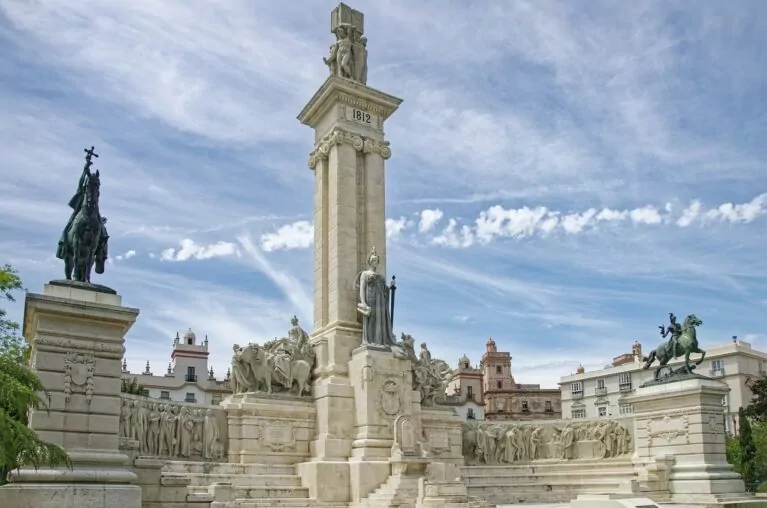
2. The Beauty of Cádiz Beaches
Cádiz is surrounded almost entirely by the Atlantic Ocean, offering some of the best beaches in Spain:
La Caleta Beach – small, charming, located in the historic center.
Playa de la Victoria – 3 km of golden sand, one of Spain’s top urban beaches.
Playa de la Cortadura – perfect for those seeking peace and nature.
3. Andalusian Culture & Festivals
Carnival of Cádiz: one of Spain’s most famous carnivals, full of music, satire, and costumes.
Semana Santa: deeply rooted in Andalusian religious tradition.
Flamenco: Cádiz is considered one of the birthplaces of flamenco art.
🔹 Ready to explore Spain’s top destinations? Dive into our ultimate city guide.
4. Gastronomy of Cádiz

The city offers authentic Andalusian cuisine:
Pescaíto frito (fried fish) – a must-try specialty.
Tortillitas de camarones – shrimp fritters, unique to Cádiz.
Fresh seafood dishes, thanks to its location by the ocean.
5. Must-See Attractions
Cádiz Cathedral – with its golden dome overlooking the sea.
Tavira Tower – panoramic views of the city.
Roman Theatre – one of the largest in Spain.
Old Town – narrow streets, lively squares, and traditional markets like Mercado Central.
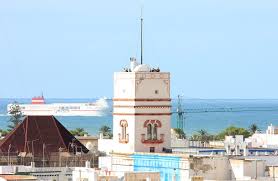
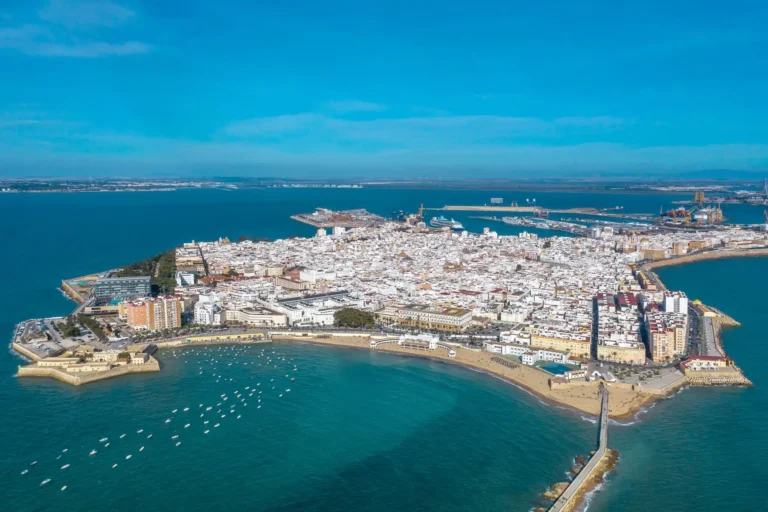

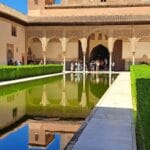
[…] Cadiz Travel Guide: Europe’s Oldest City & Best Beaches […]